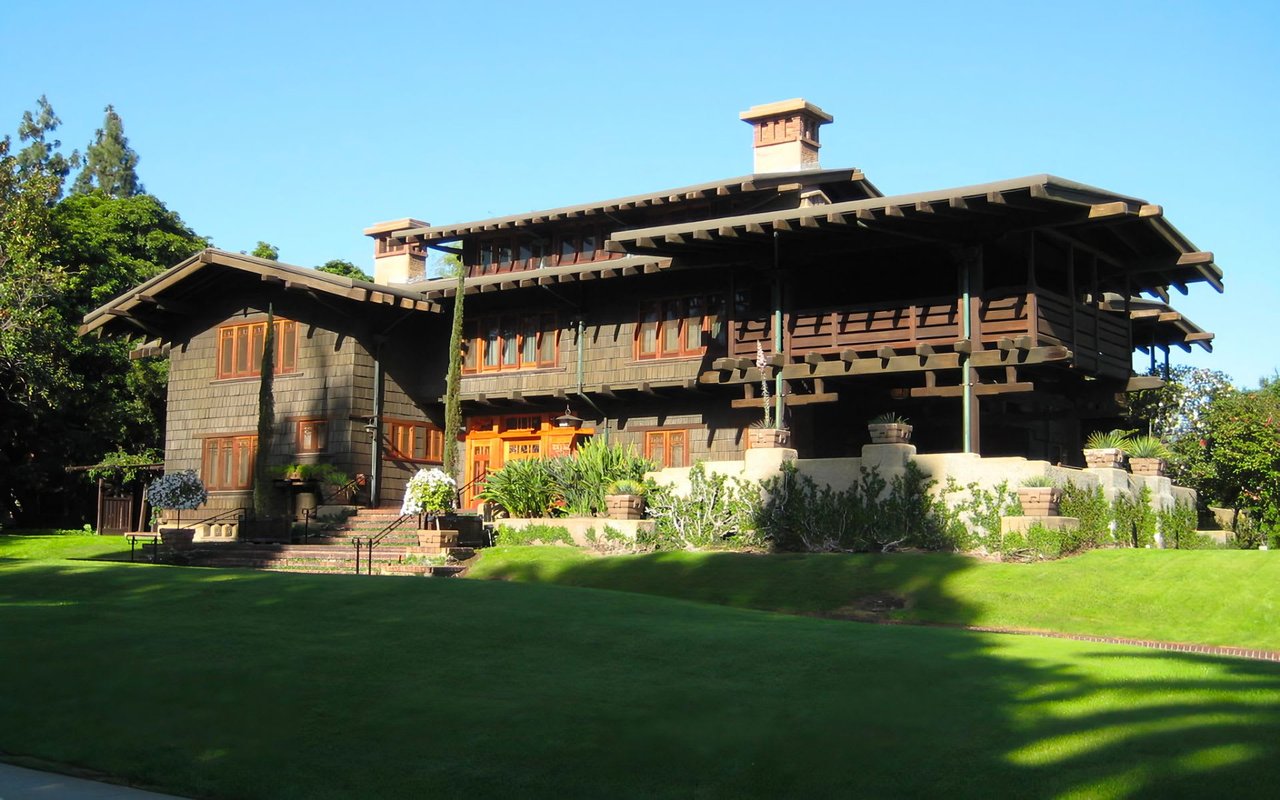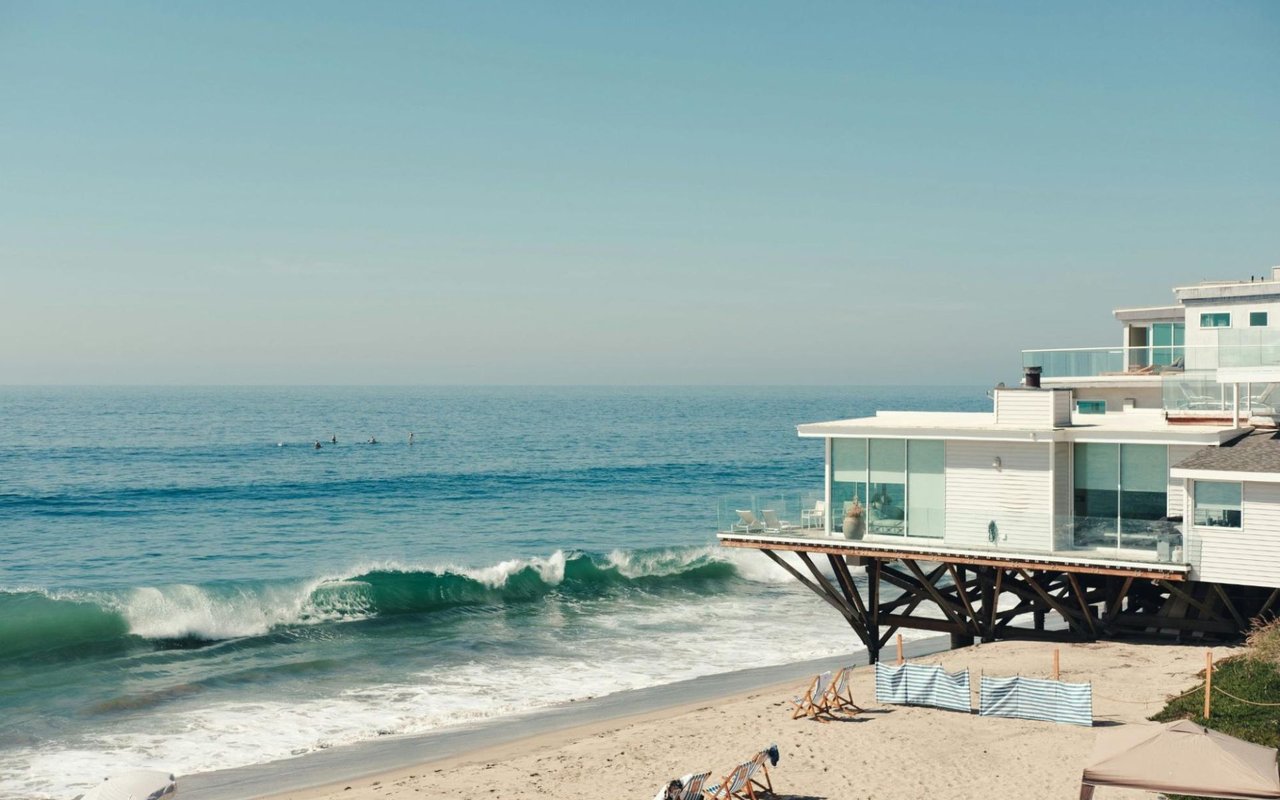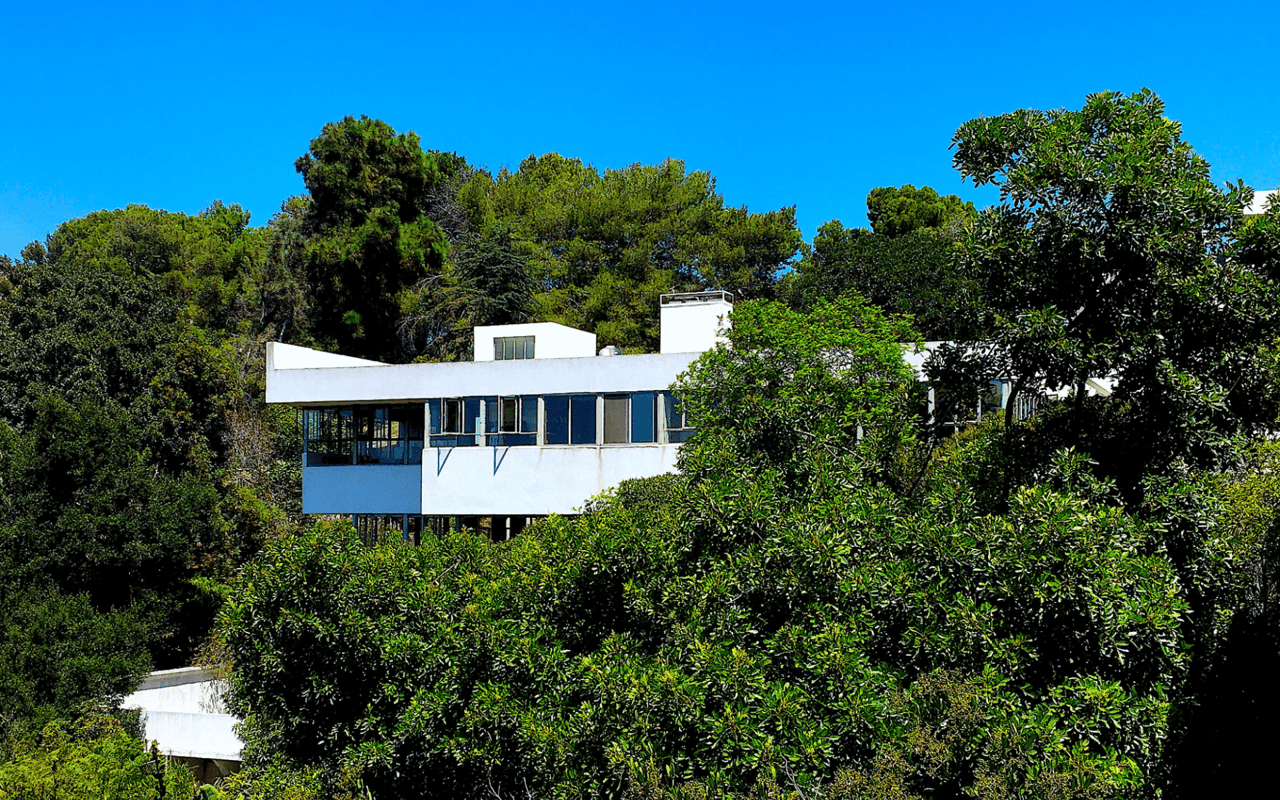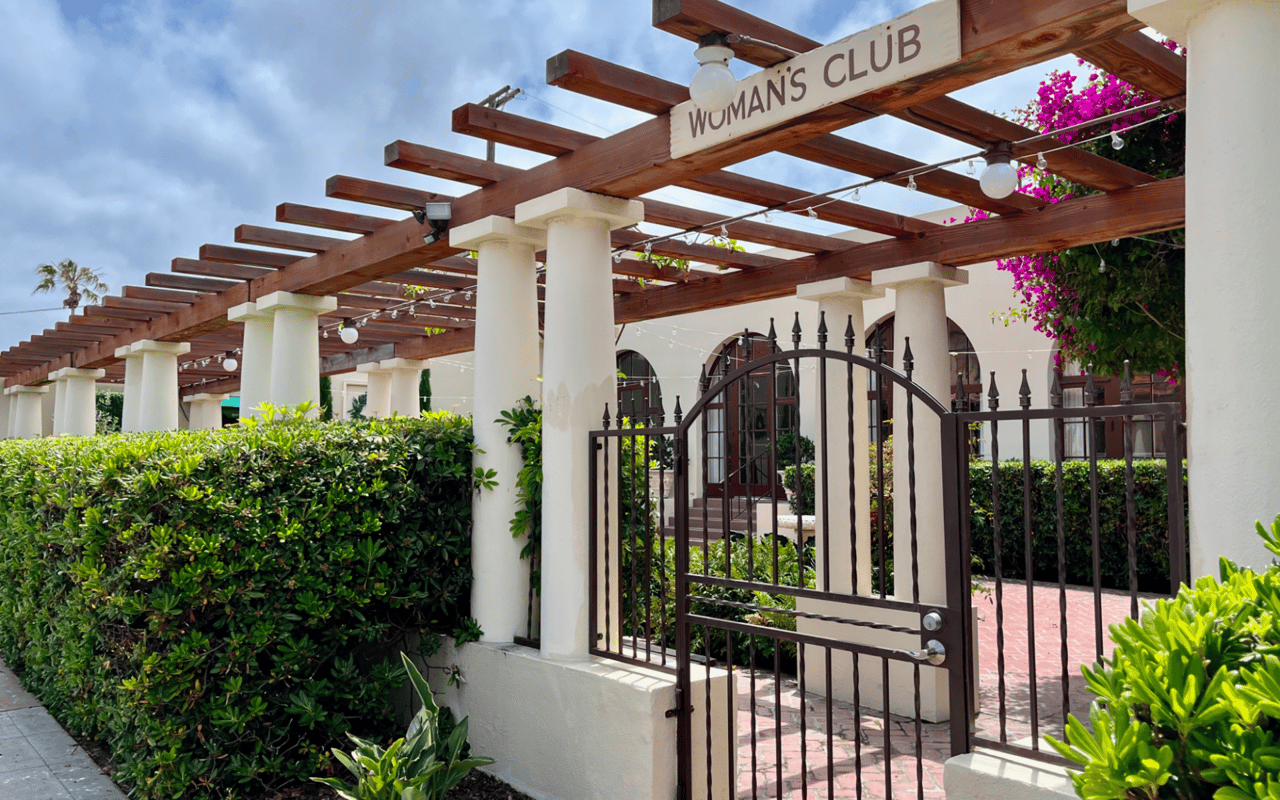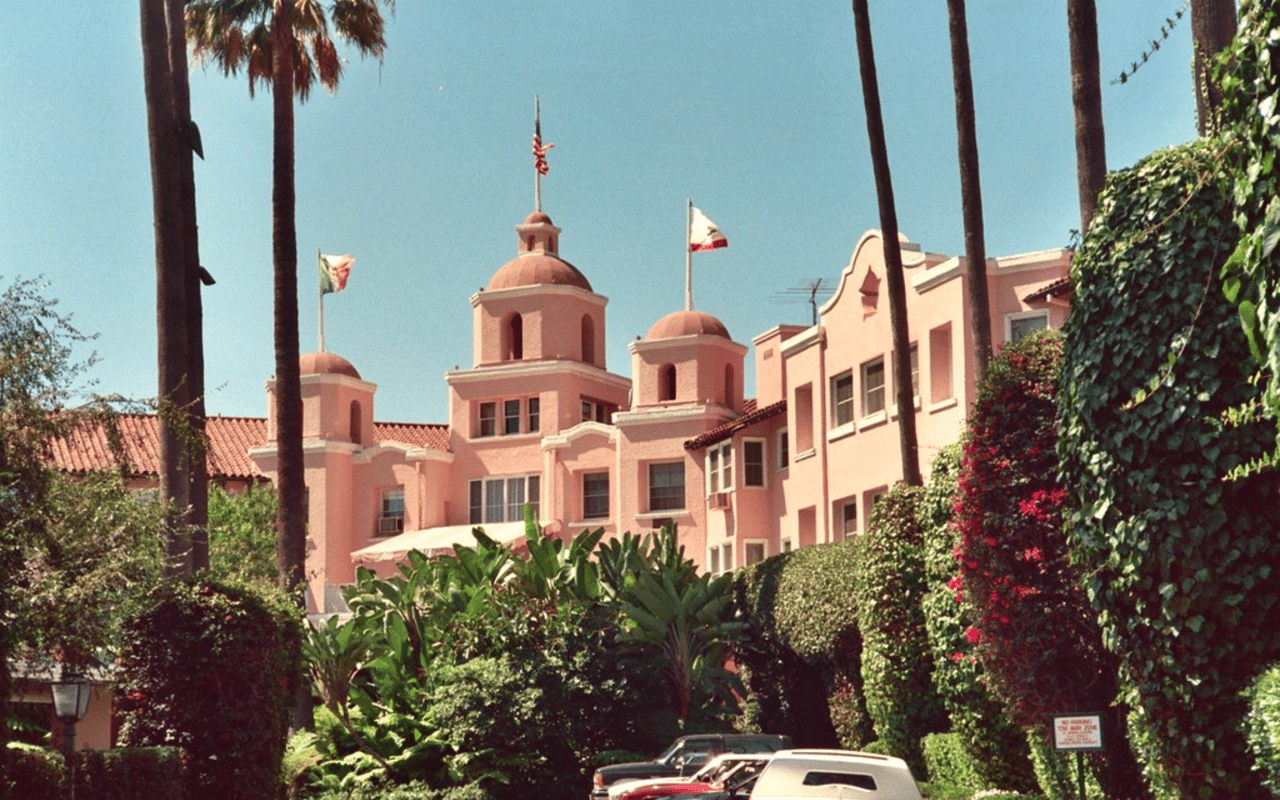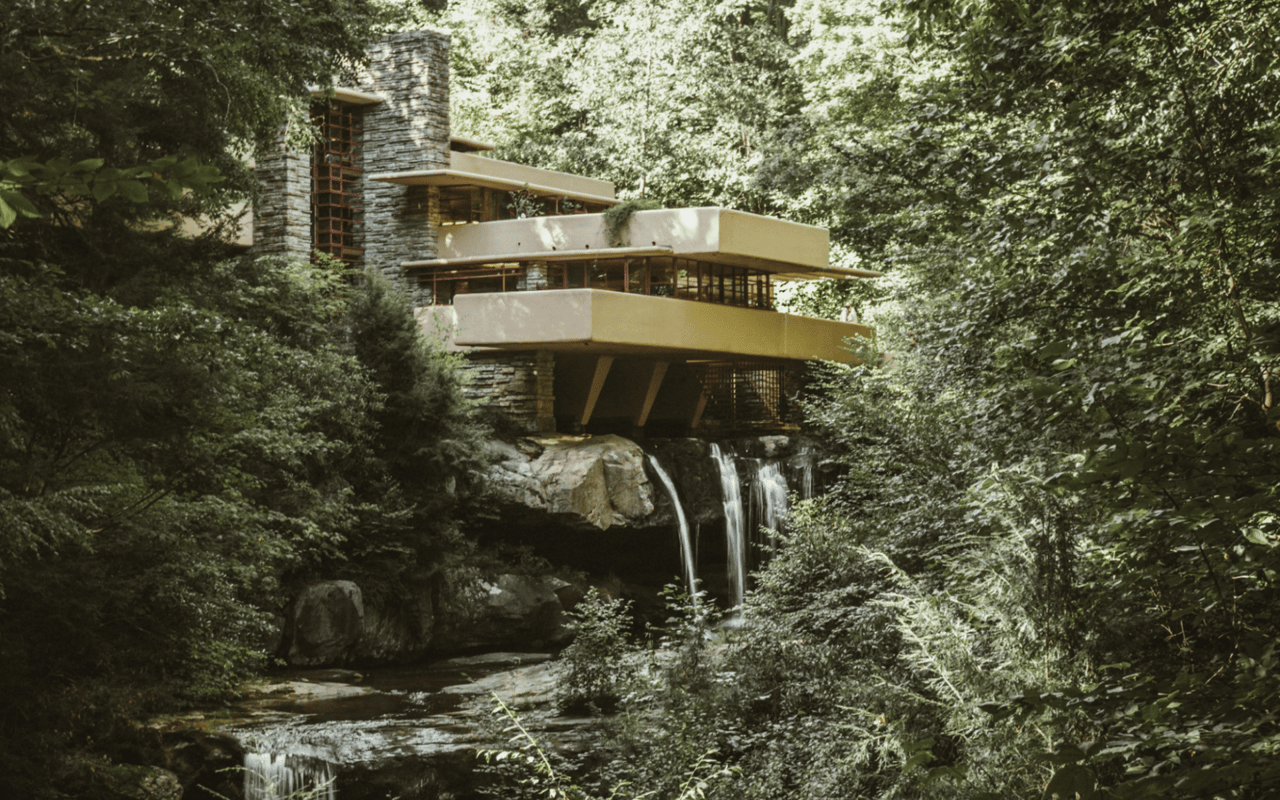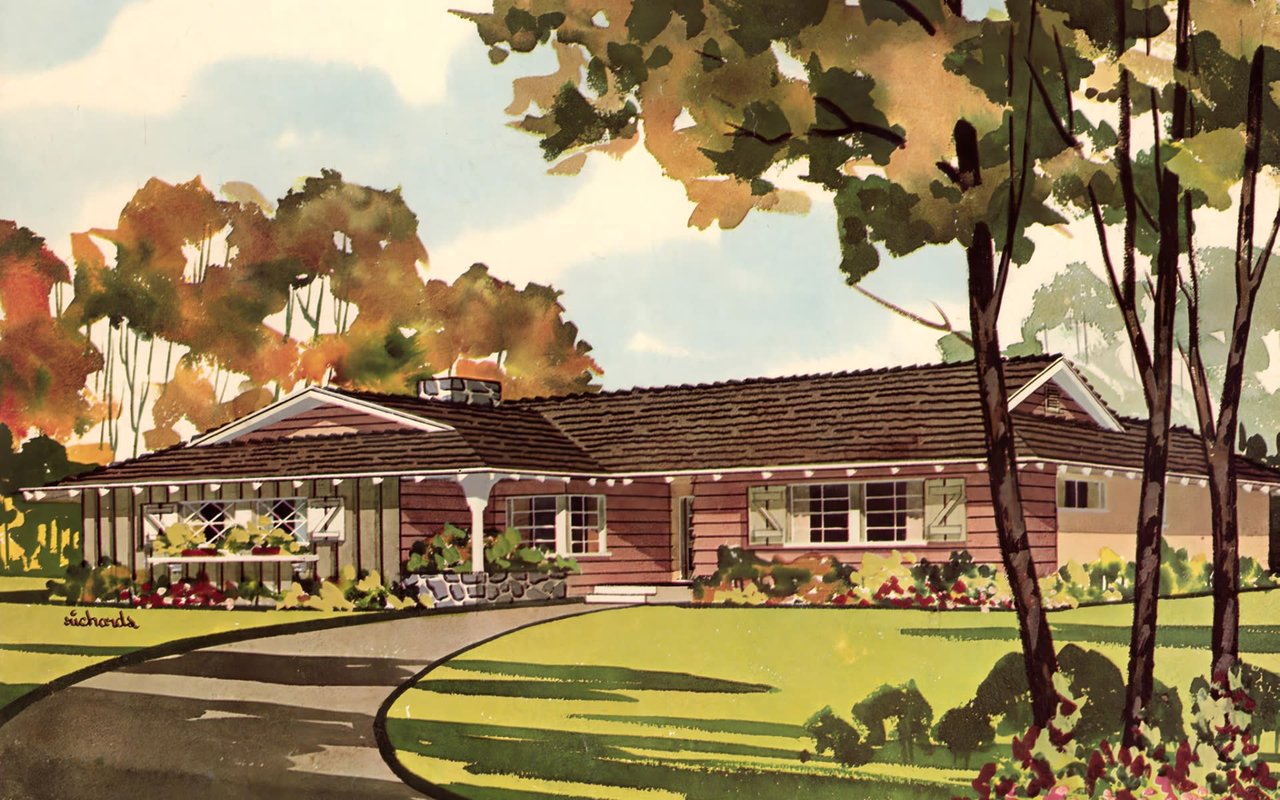Charles Sumner Greene and Henry Mather Greene were influential American architects best known for their work through their architectural firm, Greene and Greene. Their practice, established in Pasadena, California, in the early 20th century, became synonymous with the American Arts and Crafts movement, producing some of the most iconic and exquisitely detailed homes of that era. Their designs, especially those from the firm’s most productive years, are considered masterpieces of American residential architecture.
Early Life and Education
Both born in Ohio, the brothers grew up in St. Louis, Missouri, and would study at the city’s Washington University Manual Training School. With its emphasis on craftsmanship, this educational experience would have a significant influence on their later focus on attention to meticulous detail. In the 1880s, they both attended the Massachusetts Institute of Technology (MIT) and after graduating in 1891, the brothers moved to Pasadena, California, where they began their architectural practice in 1894.
Design Philosophy
Greene and Greene became pioneers of the American Arts and Crafts movement, which countered the industrialization of the late 19th century by celebrating handcrafted materials, craftsmanship, and a harmonious relationship with nature. The brothers were inspired by a variety of influences, including traditional Japanese architecture, which emphasized simplicity, natural materials, and a connection between indoor and outdoor spaces. They also drew from English Arts and Crafts leaders like William Morris and elements of the American Shingle Style and Swiss chalet designs.
Their design philosophy revolved around craftsmanship and integration. Every element of a Greene and Greene house—from the woodwork to the furniture to the landscaping—was designed to work harmoniously. The brothers insisted on using high-quality natural materials, often employing rich woods like mahogany, teak, and oak. They also incorporated stained glass, hand-wrought metalwork, and custom-designed furniture into their homes.
The firm’s most famous creations are often referred to as Ultimate Bungalows, representing the height of their architectural philosophy. These homes are large, luxurious, and intricately detailed, showcasing a seamless blend of architecture, furniture, and nature.
The Gamble House
Built in 1908, The Gamble House was commissioned by David and Mary Gamble of the Procter & Gamble family as a winter retreat. Located in Pasadena, this house is often regarded as the pinnacle of Greene and Greene’s work, embodying their vision of a “total work of art” where the architecture, furnishings, and landscaping work together seamlessly. Today, it is a National Historic Landmark and operates as a museum, drawing visitors from around the world.
Design and Craftsmanship
The Gamble House is a prime example of the American Arts and Crafts movement, which emphasized craftsmanship, simplicity, and the use of natural materials. Greene and Greene meticulously designed every aspect of the house, including the furniture, light fixtures, windows, and doors, ensuring that each piece worked harmoniously within the overall aesthetic.
Exterior Design: The house’s low-pitched, gabled roof, wide overhanging eaves, and exposed rafter tails are critical features of Greene and Greene’s architecture. The exterior also prominently features natural materials like redwood, mahogany, and river stones, blending the home into its lush surroundings. The use of large porches and patios creates a fluid transition between the indoors and the outdoors, a hallmark of their design.
Interior Craftsmanship: Inside, the house is filled with custom-designed furniture, leaded glass windows, and handcrafted woodwork. One of the most striking features is the use of richly-grained woods such as teak, mahogany, and oak, which add warmth and a sense of natural beauty to the space. Every detail, down to the door handles and light switches, was carefully crafted to complement the overall design.
Influence of Japanese Architecture: Greene and Greene were influenced by Japanese design, particularly in how they integrated the house into its natural surroundings and used sliding screens and exposed joinery. The Japanese influence is evident in the Gamble House’s clean lines, open spaces, and the harmonious relationship between interior and exterior spaces.
Stained Glass and Leaded Windows: Another standout feature of the Gamble House is its stained and leaded glass windows, which were custom-designed for the home. These windows allow natural light to filter into the house in ways that enhance the richness of the wood interiors. The intricate patterns in the glass add a layer of artistry to the home, demonstrating Greene and Greene’s attention to even the most minor details.
Total Work of Art
The Gamble House represents Greene and Greene’s holistic approach to design, in which they considered every element of a home—from the architecture to the furniture to the lighting fixtures—as part of a cohesive whole. This concept, known as “Gesamtkunstwerk” or “total work of art,” is embodied in this residence. By designing the furnishings, decor, and landscape in tandem with the architecture, the Greene brothers created a home that feels timeless and deeply connected to its environment.
Today, the Gamble House remains one of the best-preserved examples of their work, thanks to its status as a museum. It continues to inspire architects and designers worldwide, who are drawn to its craftsmanship and beauty.
Today, the Gamble House remains one of the best-preserved examples of their work, thanks to its status as a museum. It continues to inspire architects and designers worldwide, who are drawn to its craftsmanship and beauty.
Other Notable Works
The Blacker House (1907–1909), also in Pasadena, is another masterpiece of Arts and Crafts design. Like the Gamble House, the Blacker House exemplifies the integration of craftsmanship with architecture, featuring handmade joinery, extensive use of fine woods, and stunning leaded glass windows.
The Thorsen House (1909) in Berkeley is a less well-known but equally important work, with the same attention to detail as their masterpiece, featuring beautifully carved woodwork, intricate windows, and built-in furniture.
These houses are considered the pinnacle of the Greene brothers’ work and influenced the development of American residential architecture in the 20th century. They helped establish Southern California as a center for Arts and Crafts design. They laid the foundation for what would later be known as the California Bungalow style, a more affordable version of their high-end designs that became popular in the 1910s and 1920s.
Ready to Explore More of Los Angeles' Architectural Heritage?
Bill & Daniel Moss have represented architecturally significant homes for 40 years, including works by Craig Ellwood, Ed Niles, David Gray, Doug Burdge, and many other influential Architects. Bill and Daniel understand that these properties are a piece of art more than just a home, and those details are evident in every aspect of the residence. Bill and Daniel’s admiration and understanding of the nuances each of these architects used to create their independent identity allows them to showcase architecturally significant properties to the standard they deserve. If you would like to discuss finding a specific property or are fortunate to own one yourself, we would love to work with you.
*Header photo courtesy of Flickr
*Header photo courtesy of Flickr
